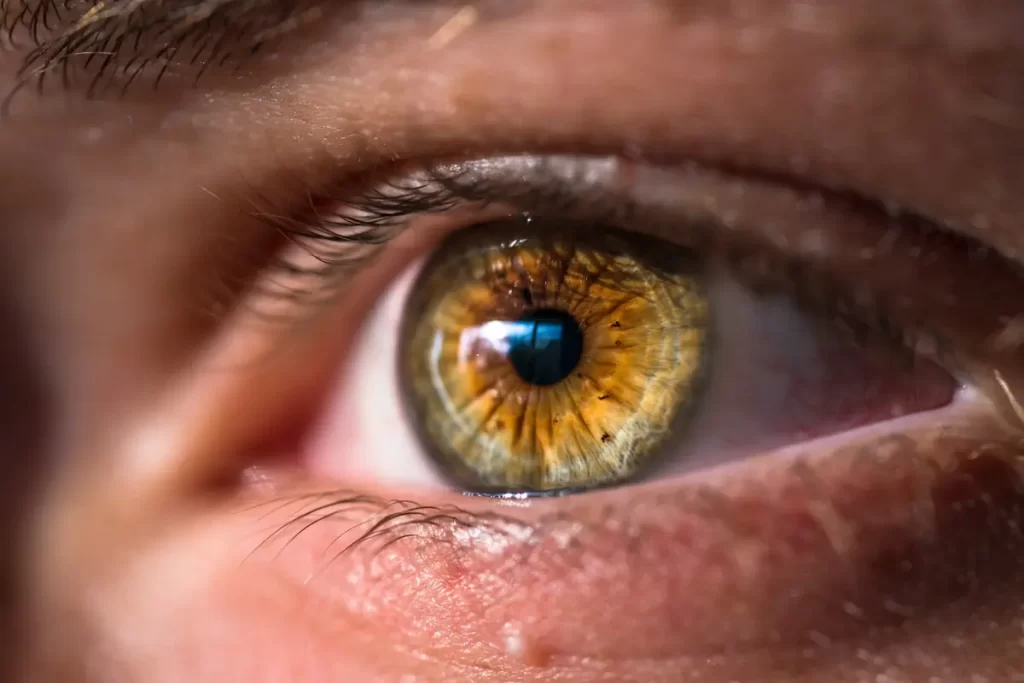1. Short-sightedness (myopia)
Short-sightedness is the most common vision impairment in Australia, affecting around one in four people. It is caused by the eyeball being too long or the cornea (the clear front surface of the eye) being too curved. This means that light rays entering the eye are focused in front of the retina (the back wall of the eye), resulting in distant objects appearing blurred.
Most people with myopia can be treated with corrective lenses such as glasses or contact lenses. In some cases, refractive surgery such as LASIK may be recommended to permanently improve vision.
2. Long-sightedness (hypermetropia)
Long-sightedness is less common than short-sightedness, affecting around one in 20 people in Australia. It occurs when the eyeball is too short or the cornea is too flat, which causes light rays to focus behind the retina. This makes nearby objects appear blurred while distant objects are clearer.
Hypermetropia can also be treated with corrective lenses or refractive surgery. However, unlike myopia, it cannot be completely cured and often gets worse over time as the eyeball continues to grow shorter with age.
3. Cataracts
A cataract is a clouding of the lens inside your eye and is one of the leading causes of vision loss in Australia. It occurs when proteins build up on the lens, making it opaque and preventing light from passing through properly. Often, cataracts develop slowly and painlessly over many years before they start to affect vision.
Cataracts usually form later in life and can be treated surgically by removes the cloudy lens and replacing it with an artificial one. Surgery is usually very successful at restoring vision and can be performed as a day procedure under local anaesthesia.
4. Glaucoma
Glaucoma is a group of eye conditions that damage your optic nerve – this is the nerve that relays images from your eyes to your brain – causing permanent vision loss if left untreated. Glaucoma often has no symptoms until vision has already started to deteriorate so regular eye tests are important for early detection and treatment. There is no cure for glaucoma but it can be controlled with medication or surgery to prevent further damage to your optic nerve and preserve your sight.
5 . Age-related macular degeneration (AMD)
AMD is a painless progressive deterioration of central vision caused by damage to the macula– this is the part of your retina responsible for sharp central vision. Early stage AMD may not cause any symptoms but as it progresses, you may notice blurry or distorted central vision when looking at faces, reading, writing or using electronics. There is currently no cure for AMD but there are treatments available that can delay its progression and help preserve central vision. These include regular injections of medication into the eye, laser therapy and nutritional supplements containing vitamins E, C and zinc.
Early detection and treatment of eye conditions is important to maintain good vision. If you are experiencing any changes in your vision, make sure to see an optometrist at Coady Davenport Optical for a comprehensive eye examination. Remember, you only have one set of eyes so take care of them!


